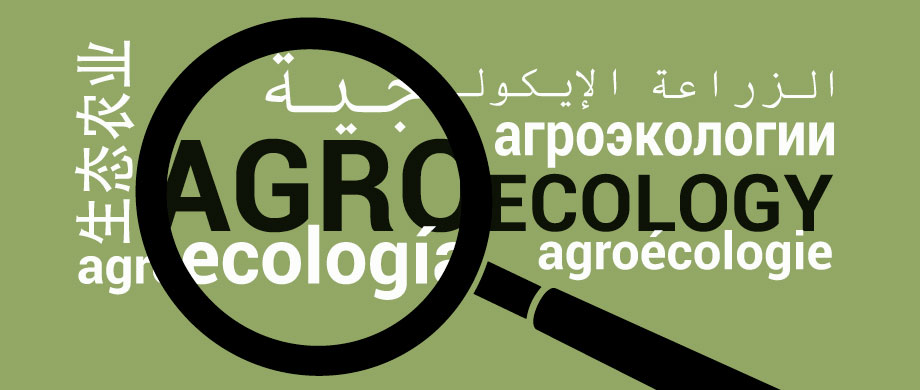Agreocology definitions
Agroecology has been defined in many ways, in many places, and by many different stakeholders. Since the 1920s, scientist and researchers have used the term agroecology to refer to the application of ecological principles to agriculture. However, it was not until the early-1980s that the discipline of "agroecology" was named by ecologists, agronomists and ethnobotanists.
Because of this wide spectrum of different applications and understandings of the term agroecology, FAO has organized a database of definitions. FAO is collecting various definitions of agroecology from published documents, authored by scientists, civil society, academia, governments, legal documents and policies, among other sources.
This database shows how diverse agroecology can be. Yet it also demonstrates that different definitions use and share common elements, adjusted to the local circumstances. These common elements are captured by FAO in its framework on agroecology.
FAO’s framework of 10 elements on agroecology is derived from the common principles articulated for agroecology, including a combination of bio-physical and socio-economic elements that are grounded in the three pillars of sustainable development – the social, the economic and the environmental. Different elements may come into play in various configurations, with a strong blend of social, economic and environmental aspects.

